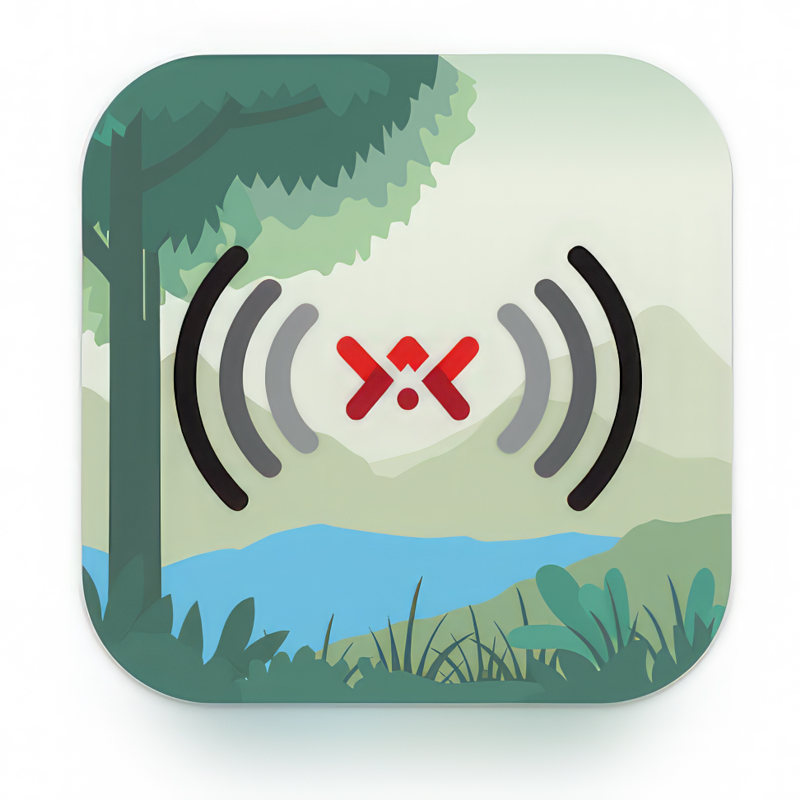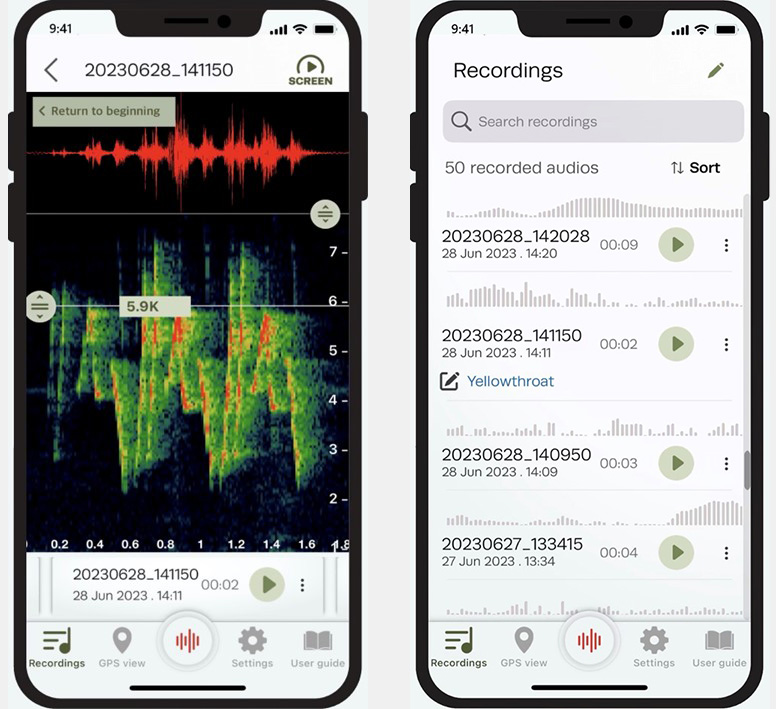Song Meter Touch app
 Listening to and identifying bird vocalisations has always been a key element of field birding, but in the past decade or so, many birders have gone a step further and sought to record the birds they hear. This may involve carrying a standalone recording device, but there is an alternative option – recording using a smartphone.
Listening to and identifying bird vocalisations has always been a key element of field birding, but in the past decade or so, many birders have gone a step further and sought to record the birds they hear. This may involve carrying a standalone recording device, but there is an alternative option – recording using a smartphone.
There are a number of advantages to this. If you already own a smartphone, you do not need to shell out extra money for a recorder. There are also weight and space savings. Even if you already own both, there are likely to be times when you have your smartphone with you but not your recorder, and you want to make an ad-hoc recording of a calling bird. Moreover, using a smartphone means the recordings can be shared with other birders while in the field, opening up potential for almost real-time feedback from peers. Recordings can also be transferred to apps such as Merlin Bird ID to help with identification. This wouldn't be possible with a standalone recorder.
Sound recording using smartphones has moved forward in recent years. In the past, the only way to record birds using a smartphone was to use apps designed for human voice recording. A major drawback of these apps was that they could not record higher-frequency bird vocalisations. Modern smartphones can record sounds above the range of birdsong, making them suitable for bird sound recording in the field. Furthermore, several apps are now available that allow sonograms to be viewed on smartphones, which offers advantages such as making it easier to find bird sounds within a larger file, looking at the finer details that may not be straightforward to hear or describe in words, and comparing a sonogram with those already in existence.
One recently released app is Song Meter Touch by Wildlife Acoustics, a company well known for making acoustic recorders called ‘Song Meters', which produce high-quality recordings. Song Meter Touch has several attractive features to facilitate sound recording. Perhaps most notably, an external microphone can be plugged into the smartphone charging socket and used with the app. External microphones (I use a Shure MV88) produce better-quality recordings than are possible with a smartphone's built-in microphone. Song Meter Touch allows the gain to be adjusted, and the app creates standard 16-bit .wav files at a sample rate of 44.1 kHz (which will capture sounds up to 22,050 Hz, which is well above the range of bird vocalisations).
FFT settings and colour scales of sonograms can both be adjusted. Once the recording has been made, files can be trimmed and renamed, and notes can be added. Two sonograms can be viewed side by side in the app's ‘compare view' function, and recordings can be listened to using headphones while also viewing the sonogram. The location at which recordings were made can be viewed on a map. Recordings can also be imported from other apps or devices.
Recording on a smartphone is surprisingly light on battery usage, which opens up the possibility of continuous recording in the field to capture unexpected, fleeting bird sounds that you may encounter. I have tried continuous recording by sitting my iPhone in a bum bag with the external microphone protruding, which works reasonably well.
I was slightly disappointed to see that trimming recordings is the only editing option that the app provides. It would be useful to see features such as a high-pass filter to remove wind noise and an option to amplify a recording, both of which can be done using other apps. The .wav files that the app produces can be large, so users will need to ensure they have sufficient memory available.
All in all, Song Meter Touch is a free, attractive, easy-to-use app that many birders will find useful.

Selected screenshots from the Song Meter Touch app.

